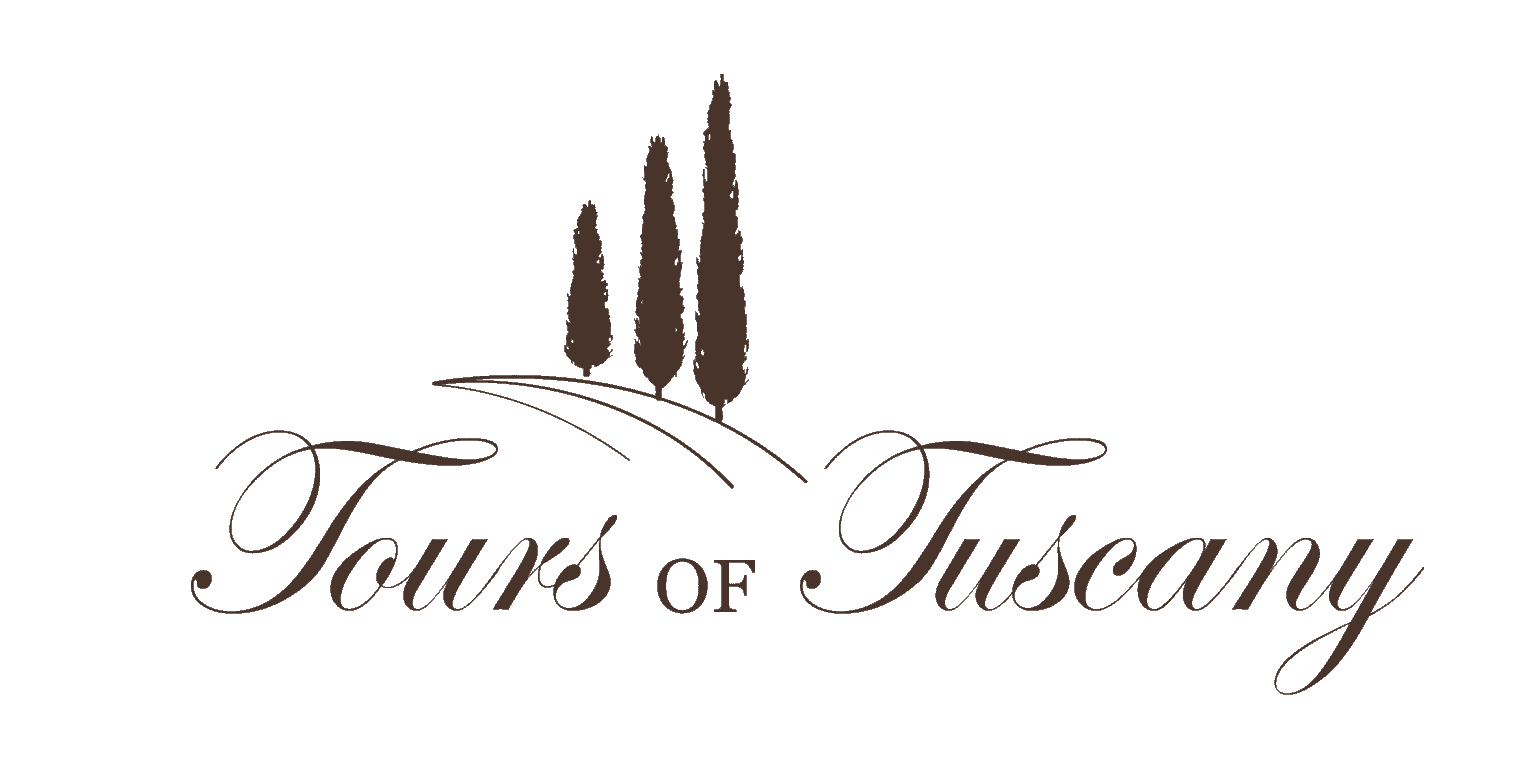Welcome to Tuscany, a region steeped in history, culture, and breathtaking landscapes. Often, when people think of Tuscany, the iconic cities of Florence, Pisa, or Siena come to mind. However, beyond these tourist hotspots, there’s a whole other aspect of Tuscany waiting to be explored. This blog post is a tribute to the lesser-known towns and villages in rural Tuscany, the hidden gems that offer an authentic Italian experience.
The Undiscovered Beauty of Rural Tuscany
Rural Tuscany is a world away from the bustling cities. Here, you’ll find charming villages perched atop rolling hills, surrounded by vast vineyards and olive groves. It’s a place where time seems to stand still, where you can immerse yourself in the tranquility of the Italian countryside. Exploring these lesser-known areas allows for a more intimate experience, away from the crowds. It provides an opportunity to connect with the land, the people, and the culture in a way that’s not always possible in more touristy locations.
Top Undiscovered Towns and Villages in Rural Tuscany
Here are some of the top off-the-beaten-path towns and villages in rural Tuscany that deserve a spot on your travel itinerary:
1. Barga
Located in the Serchio Valley, Barga is known as one of the most beautiful villages in Italy. Its medieval architecture, narrow cobblestone streets, and breathtaking views of the surrounding mountains make it a must-visit.
- Key Attractions: Barga Cathedral, Arringo Park
- Local Cuisine: Try the local dish ‘Biroldo’, a type of blood sausage.
- Unique Tradition: Barga hosts an annual jazz festival which is a significant event in the local cultural calendar.
2. Montescudaio
Montescudaio is a quaint village located in the province of Pisa. It’s surrounded by lush vineyards and is known for its excellent wine production.
- Key Attractions: The Church of Santa Maria Assunta, The Palazzo Marchionale
- Local Cuisine: Enjoy a glass of Montescudaio DOC, a locally produced wine.
- Unique Tradition: Every October, Montescudaio celebrates the ‘Festa dell’Uva e del Vino’, a festival dedicated to grapes and wine.
3. Anghiari
Anghiari is a medieval town located in the province of Arezzo. It’s famous for the Battle of Anghiari, a historical event that was famously painted by Leonardo da Vinci.
- Key Attractions: The Museo della Battaglia e di Anghiari, Palazzo Taglieschi
- Local Cuisine: Taste the ‘Bringoli’, a type of pasta typical of Anghiari.
- Unique Tradition: Anghiari is known for its annual craft fair, where artisans from all over Italy come to showcase their work.
4. Monteriggioni
Monteriggioni is a small medieval town famous for its well-preserved fortress walls. It’s located in the province of Siena and offers stunning panoramic views of the surrounding Tuscan countryside.
- Key Attractions: Monteriggioni Castle, Church of Santa Maria Assunta
- Local Cuisine: Try the ‘Torta di Monteriggioni’, a traditional cake made with almonds and honey.
- Unique Tradition: Every July, Monteriggioni turns back the clock with the ‘Monteriggioni di Torri Si Corona’ medieval festival.
5. Collodi
Collodi is a small village in the province of Pistoia that’s famously known as the birthplace of Pinocchio. It’s a delightful place full of charm and whimsy.
- Key Attractions: Pinocchio Park, Villa Garzoni
- Local Cuisine: Sample the ‘Neccio’, a traditional flatbread made with chestnut flour.
- Unique Tradition: Collodi celebrates its literary heritage with the annual ‘Pinocchio Festival’.
Practical Tips for Traveling in Rural Tuscany
Traveling in rural Tuscany is a rewarding experience, but it requires a little more planning and preparation. Here are some practical tips to help you navigate your way:
- Best Times to Visit: The best times to visit rural Tuscany are during the spring (April to June) and fall (September to October) when the weather is pleasant, and the crowds are fewer.
- Local Customs: Italians are warm and welcoming people. When meeting someone, it’s customary to greet them with a handshake and say “Buongiorno” (Good day) or “Buonasera” (Good evening).
- Language Tips: While English is spoken in many places, it’s always appreciated when visitors make an effort to speak some Italian. Some useful phrases are “Per favore” (Please), “Grazie” (Thank you), and “Dov’è…?” (Where is…?).
- Getting Around: The best way to explore rural Tuscany is by car. This gives you the freedom to travel at your own pace and discover off-the-beaten-path locations. Alternatively, you can use public transport (bus or train) or hire a bike for shorter distances.
- Accommodation: Rural Tuscany offers a range of accommodation options, from charming bed and breakfasts to rustic villas. Wherever you choose to stay, you’re sure to enjoy the warm Italian hospitality.
Capturing Your Tuscan Adventure: Photography Tips
Tuscany is a photographer’s dream. Here are some tips to help you capture the beauty of rural Tuscany:
- Best Times for Photos: The best times for photography are during the golden hour (the hour after sunrise or before sunset). This is when the light is soft and golden, perfect for capturing the Tuscan landscapes.
- Photogenic Spots: Each town and village in Tuscany has its unique charm. Some of the most photogenic spots are the narrow cobblestone streets, the panoramic views from the top of the town, and the local vineyards and olive groves.
Rural Tuscany is a treasure trove of undiscovered gems. While it’s tempting to stick to the well-trodden path, venturing off the beaten path can lead to some of the most rewarding experiences. So why not step out of the ordinary and discover the charm and beauty of rural Tuscany?





